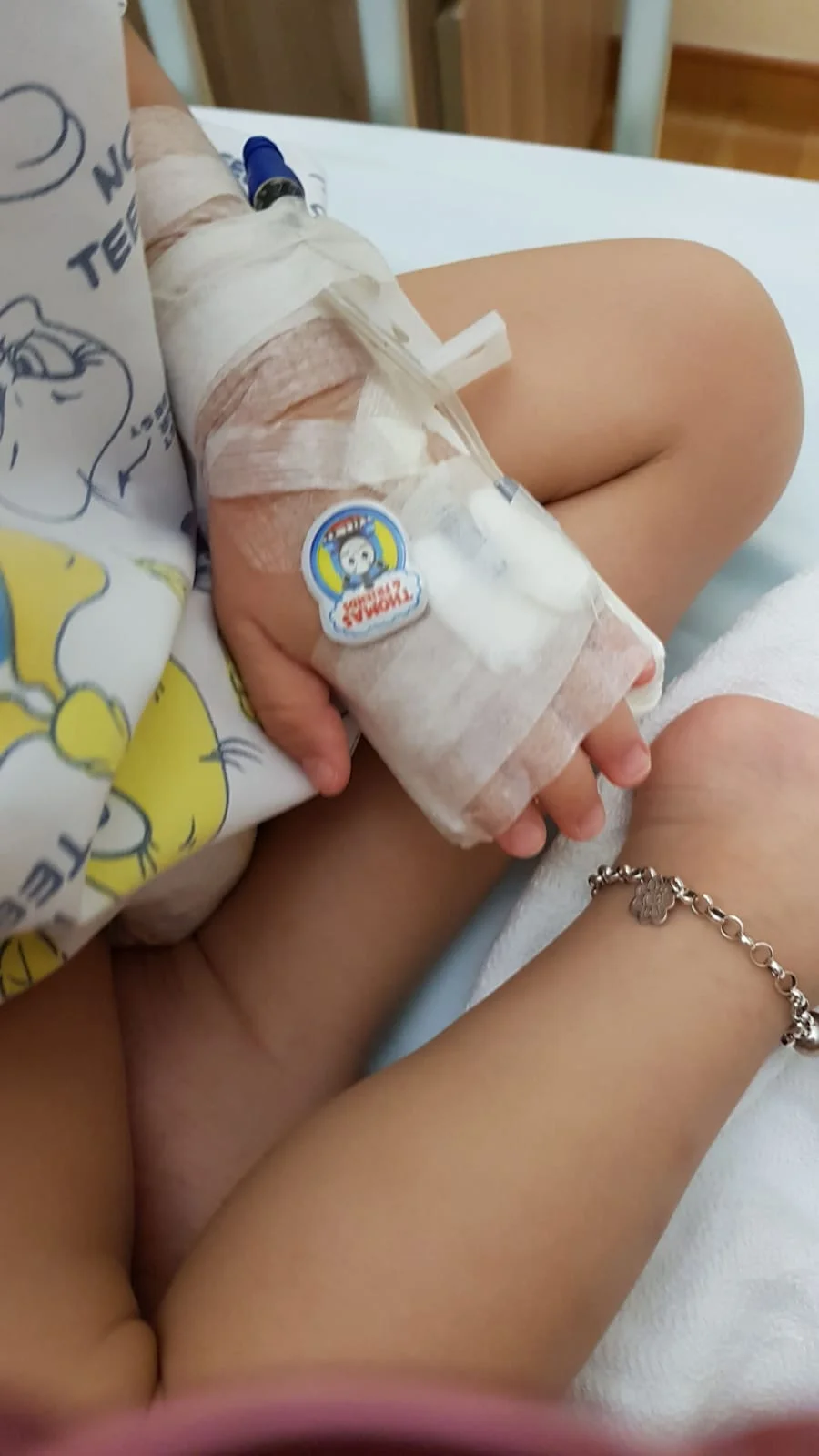Coping with (my) child's hospitalisation.
This post aims to document our emotions and thought process as we go through the decision making as things happen. And maybe, to emotionally guilt trip the kid when he grows older.
Thurs,8pm: Acorn started to show signs of fever. We were a little more anxious as usual because Acorn was just hospitalised for fits barely three weeks ago, due to high fever. That is another adventure by itself.
We went into fever prevention mode, alternate doses of P and I as directed previously by the doctor on the stipulated timeline, on the specified triggers, together with the solve-all method of sponging.
Hourly temperature taking, every two hours of medication and sponging. We are in for a looooooong night.
Fri,1am: Fever keeps going up. 40 (freaking) deg C. Even with all the above management. We gave each other ‘the eye’, a nod, and we are off to A&E.
Fri,130am: Admission process. “Beep!” Admission nurse gave a shocked look. “Follow me.” Acorn was stripped and immediately sponged down. (We learnt later that the massive sponging process is very traumatising from a friend who went through it before. Let alone for a kid. But I guess we had no choice.) Alternate medication every other hour continues.
Nose swapped, urine taken.
Fri, 3am: No influenza, no UTI. Fever doesn’t go below 38 deg C. The possibility of admission for further investigations were discussed with the doctor. We decided to monitor further to see if the fever can be controlled. Yes, we were trying to avoid hospitalisation, unless absolutely necessary.
“Should we just admit Acorn?”
“Will our insurance cover this treatment?” “What’s the estimated cost?” “Do we want to go KKH?” “What if the cost escalates?” “What kind of ward should we admit Acorn into?”
“Who can we call?”
Fri, 5am: Fever hovers at about 39 deg C. Doctor, “You guys sure you still want to wait? It had been four hours and I seriously recommend that you admit him for further tests and treatment. Especially he just got admitted for fits last month!”
The doctor’s look of disbelief at our non-decision. You know you need to listen to and trust the professional.
Admit: If Acorn goes into fits at home, we are not the best responders. Let the trained professionals do their job. And Acorn’s PD is at this particular hospital.
Single Ward: To minimise cross contamination. Especially when the fever is at this level and assuming his immunity is weakened.
Cost: We are not sure if the claims will be approved. We came up with a budget, and if for some reasons we breach that: downgrade the ward, change the hospital. The nature of the medical claim, no one knows until there’s a firm diagnosis. Fingers crossed. Very tightly.
Fri,8am: PD came. Inserted the IV. Took blood. Continue to manage the fever.
(after a bag of IV drip, doses of medication and test results….)
Tues, 11am: Discharged!
We spent a total of 5 days in the hospital before the fever finally broke and Acorn is assessed to be physically fit to be discharged. There are many things learnt and many others that we observed, which we would like to share some here.
Have options. We are glad that we were able to choose to admit Acorn. It was either insurance or our emergency funds. (we weren’t sure if it’s claimable at the point of admission).
Have a decision matrix. This is tougher that it sounds. Emotionally we were obviously affected, coupled with the lack of sleep. We bought time and discussed it logically and setting in place mitigating factors (eg cost) while trying to give the best care to Acorn.
Communicate openly with health professionals. They know what they need to do, but at the same time communicate openly with them. They are very patient to address our concerns and explained why things were or weren’t done. So you will know what is going on.
Be the extra eye. Understand what the monitoring objectives are and schedule of medication. Remind each other to give your child the best chance. And it helps with the aftercare at home. You know exactly what medication and the schedule of feeds.
Work out a duty schedule. Both of us had to work, and at the same time we decided at any one time either of us should be present in case we need to make a decision. We talked through our schedule and decided who is taking what shifts. It helps with the rest cycle. And it is important to have a rest cycle. Because we don’t know how long this battle is going to go.
Make use of technology! The other acorns at home missed this one greatly. FaceTime was our saviour. You can see the pure joy of being able to see and talk to each other. (We prohibited visits for hygiene reasons.) Siblings are the best gifts to each other, well, most of the time.
It was a physically and mentally ardous process. We are thankful that we had the luxury of time to think through our decision making and thereafter the support of family to make sure things at home continue to be taken care of, while we attend to Acorn. Many friends also sent their concern and well wishes, while staff and colleagues allowed minimum disruption to our work. Thank you. And thank you for reading.
